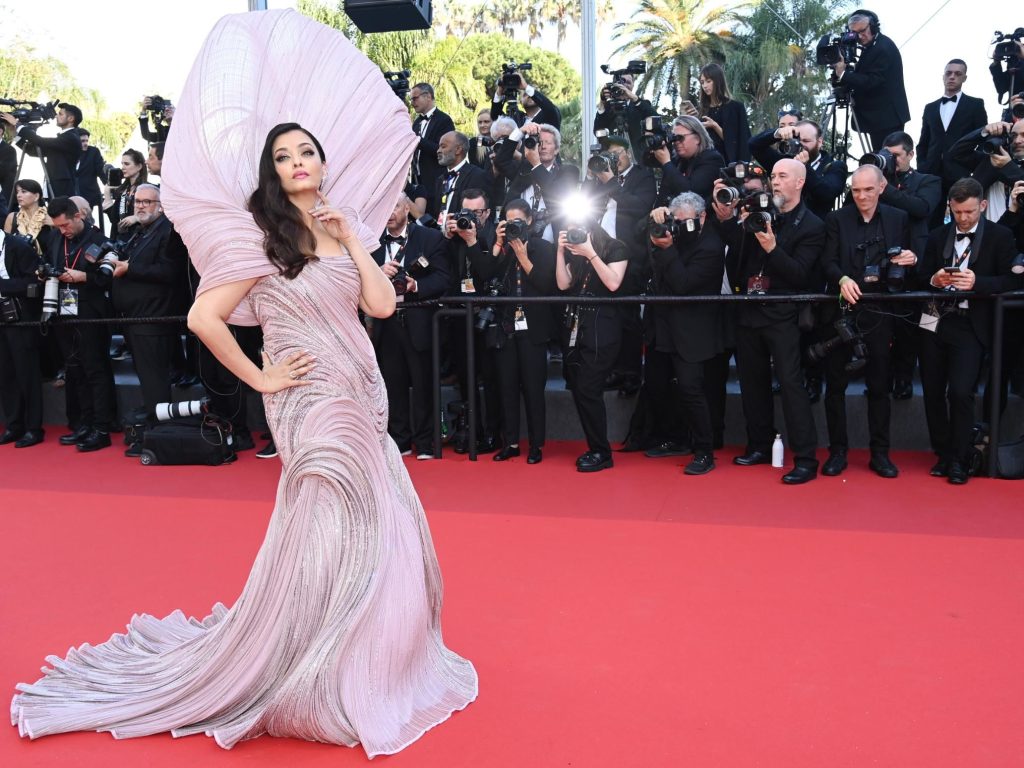Introduction
Haute couture is the epitome of luxury, craftsmanship, and exclusivity in the world of fashion. Originating in Paris in the mid-19th century, haute couture has evolved over time, becoming a symbol of sartorial excellence and glamour. In this article, we will explore the evolution of haute couture and its transformation from the runway to the red carpet, where it continues to influence and inspire the world of high fashion.
- The Birth of Haute Couture
Haute couture, meaning “high sewing” or “high dressmaking” in French, emerged in the 19th century as a response to the rise of ready-to-wear clothing. It was pioneered by Charles Frederick Worth, who established the first haute couture house in Paris in 1858. Haute couture represented the pinnacle of craftsmanship, with garments meticulously handcrafted by skilled artisans and tailored to fit individual clients. It was characterized by exquisite materials, intricate detailing, and custom-made designs. Haute couture became a symbol of luxury, catering to the elite and aristocratic clientele.
- The Golden Age of Haute Couture
The mid-20th century marked the golden age of haute couture, with Paris firmly established as its epicenter. Designers such as Christian Dior, Coco Chanel, and Yves Saint Laurent revolutionized the industry, introducing new silhouettes, innovative techniques, and iconic designs. The post-World War II era saw a resurgence of glamour and femininity, with Dior’s New Look capturing the imagination of fashion enthusiasts worldwide. Haute couture gained global recognition and became synonymous with Parisian elegance and sophistication.
- Haute Couture in the Modern Era
As fashion evolved, the demand for haute couture declined. Ready-to-wear clothing became more accessible, and the industry shifted its focus to mass production and commercial success. However, haute couture continued to thrive as an artistic expression and a symbol of craftsmanship. Today, the Chambre Syndicale de la Haute Couture, a governing body in Paris, recognizes a select group of fashion houses as official haute couture members. These houses adhere to strict criteria, including creating made-to-measure garments and presenting two collections per year.
- Haute Couture on the Runway
The runway remains the primary platform for showcasing haute couture collections. Haute couture fashion shows are grand spectacles, held in prestigious venues and attended by the fashion industry’s elite, celebrities, and media. Designers use the runway to push creative boundaries, experimenting with unconventional materials, avant-garde designs, and intricate embellishments. Haute couture collections often serve as a source of inspiration for ready-to-wear fashion, influencing trends and design aesthetics. Runway presentations capture the essence of haute couture, celebrating the fusion of art, fashion, and craftsmanship.
- The Red Carpet and Haute Couture
Haute couture and the red carpet have a symbiotic relationship, with celebrities and influential figures donning exquisite couture creations for high-profile events. The red carpet has become a showcase for haute couture, where designers vie to dress celebrities, aiming to create iconic fashion moments and garner international media attention. Couture gowns worn by celebrities at events like the Oscars, the Met Gala, and the Cannes Film Festival often become legendary, fueling trends and influencing the fashion landscape. The red carpet provides a platform for designers to reach a global audience, elevating their brand and reinforcing the exclusivity and desirability of haute couture.
- The Future of Haute Couture
In the modern fashion landscape, haute couture continues to evolve, embracing new technologies and sustainability initiatives.

